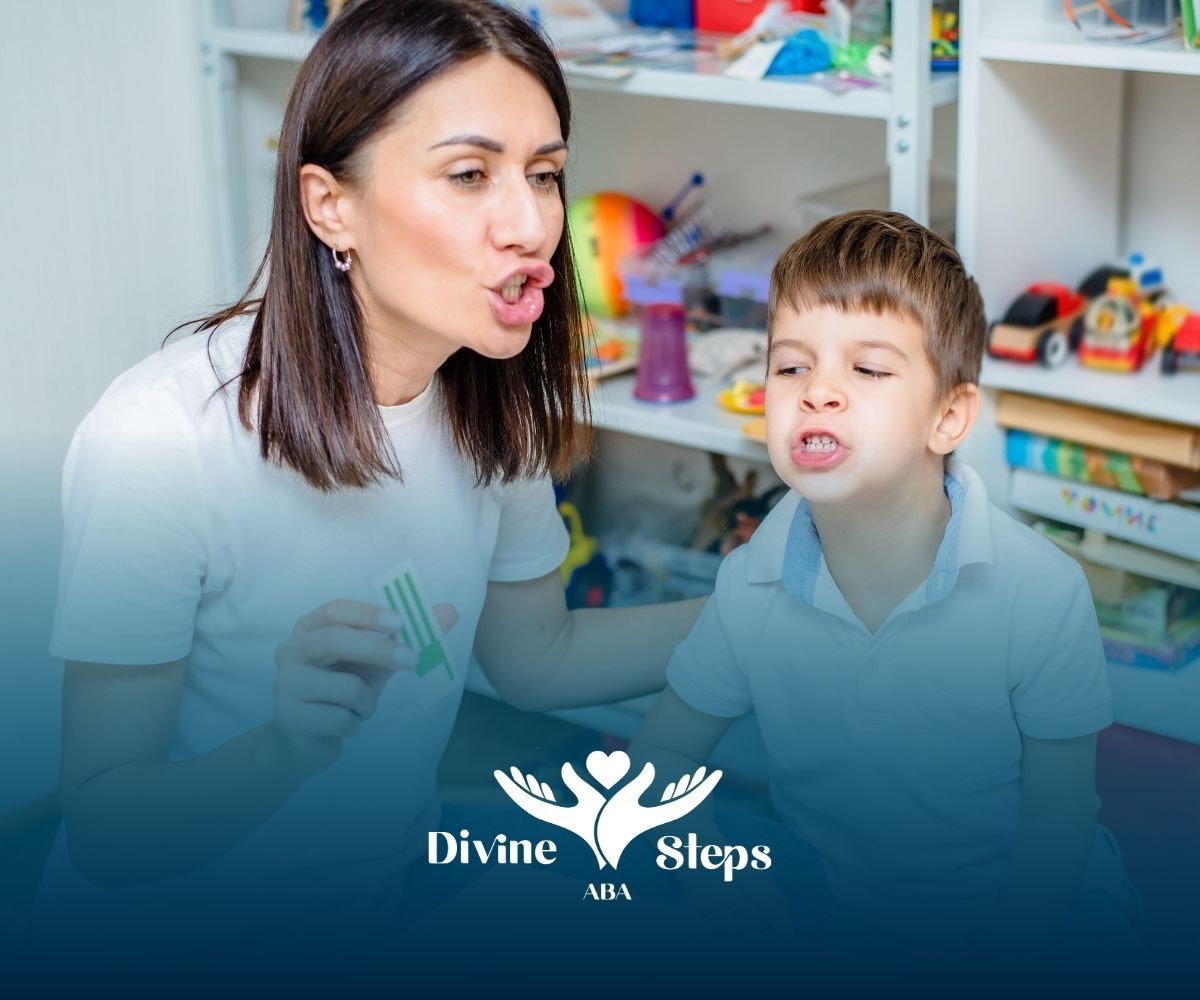Website by CWS
Success Rates in ABA: What Parents Should Know
What Is the Success Rate in ABA Therapy?
ABA's Evidence Base
Applied Behavior Analysis (ABA) is one of the most widely studied interventions for autism. Clinical trials and longitudinal studies show that ABA can produce measurable gains in targeted skills—communication, daily living, and reducing challenging behaviors—especially when started early and delivered intensively. Success is typically reported as improvement in skill acquisition and functional independence rather than a single percentage that applies to everyone.
How Success Is Measured
Researchers and clinicians measure success with standardized tests, goal achievement (individualized treatment goals), reductions in problem behavior, school placement outcomes, and quality-of-life metrics. Reported effect sizes vary by study, outcome, and population; some studies report large gains in early intervention cohorts, while others show more modest change for older or more complex cases.
What Influences Outcomes
Key factors that affect outcomes include age at start (earlier usually better), intensity and duration of services, program quality, family involvement, co-occurring conditions, and how “success” is defined. Long-term maintenance and generalization of skills also depend on continued support and real-world practice.
Conclusion
ABA therapy has shown consistent success in helping individuals with autism develop essential life, social, and communication skills. While outcomes vary for each person, research supports ABA as one of the most effective, evidence-based approaches for meaningful and lasting progress.
At Divine Steps ABA, we bring compassionate, research-driven ABA therapy to families across Maryland, Virginia, and North Carolina. Our dedicated team creates personalized programs that meet each child’s unique needs—helping them grow, learn, and thrive at their own pace. With Divine Steps ABA, every small step forward is a big step toward a brighter future.
FAQs
Is there a single success rate for ABA?
No—success varies by individual goals, age, severity, and program factors.
How long before results appear?
Some skills can improve within weeks; meaningful functional gains often require months to years of consistent therapy.
Does ABA work for adults?
Yes—ABA principles can support skill building and behavior change across the lifespan, though outcomes and goals differ from early-childhood intervention.
How can parents improve success odds?
Choose qualified providers (BCBAs), ensure consistent intensity, participate in parent training, and coordinate supports across home, school, and community.
Sources:
- https://www.autismspeaks.org/applied-behavior-analysis
- https://www.aspect.org.au/about-autism/what-is-autism
- https://www.autism.org.uk/advice-and-guidance/topics/about-autism/autism-and-communication
- https://autism.org/challenging-behaviors-and-autism/




